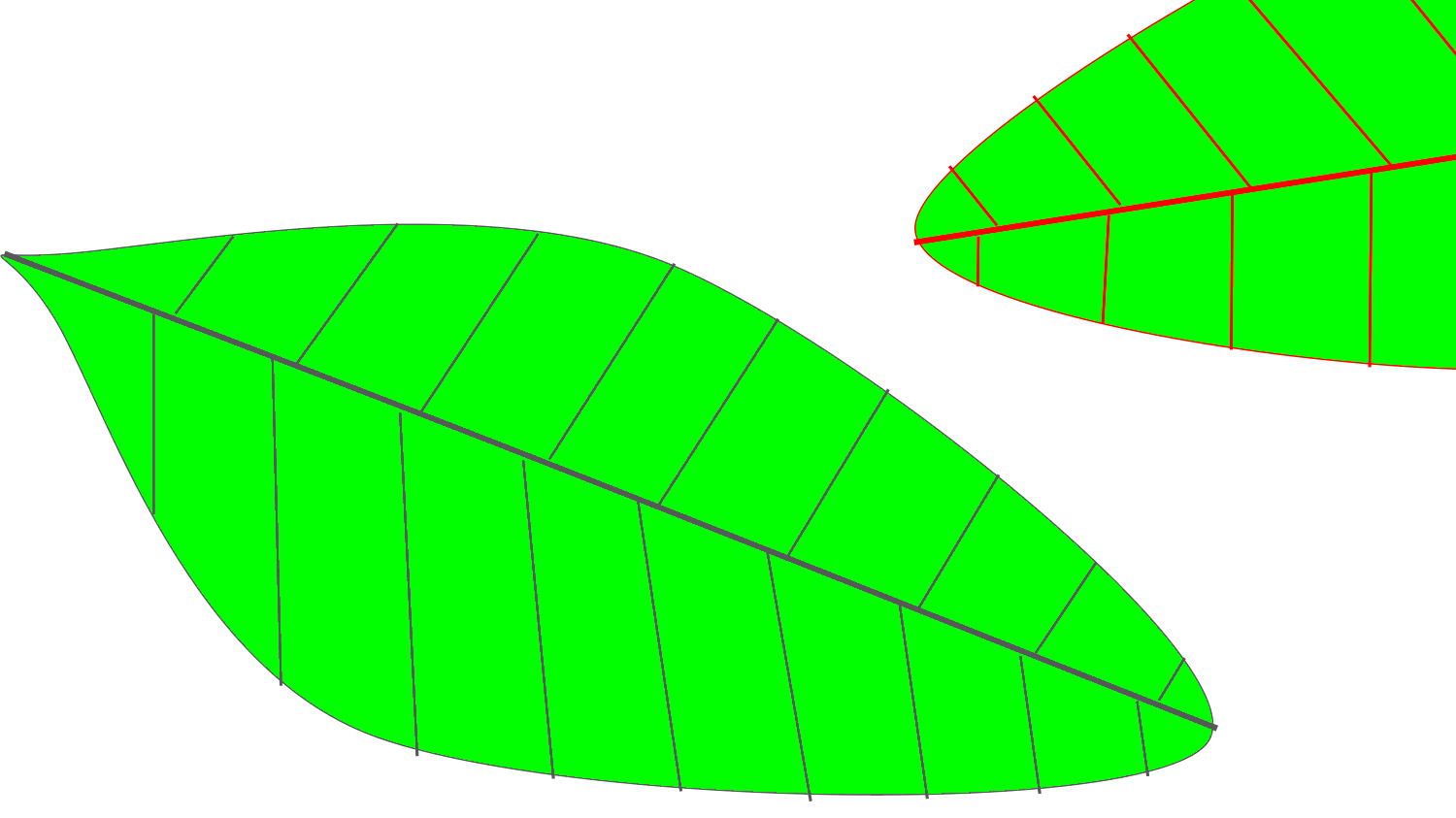|
Potato Leafroll Virus
Potato leafroll virus (PLRV) is a member of the genus ''Polerovirus'' and family ''Solemoviridae''. The phloem limited positive sense RNA virus infects potatoes and other members of the family Solanaceae. PLRV was first described by Quanjer ''et al.'' in 1916. PLRV is transmitted by aphids, primarily the green peach aphid, ''Myzus persicae''. PLRV is one of the most important potato viruses worldwide but particularly devastating in countries with limited resources and management. It can be responsible for individual plant yield losses of over 50%. One estimate suggests that PLRV is responsible for an annual global yield loss of 20 million tons. Symptoms include chlorosis, necrosis and leaf curling. Hosts and symptoms PLRV infects members of the family Solanaceae. The most economically important host is the Potato, ''Solanum tuberosum'' spp. In potato, symptoms of primary infection, infection in the growing season, occurs in the youngest leaves. Leaf margins become necrotic, ... [...More Info...] [...Related Items...] OR: [Wikipedia] [Google] [Baidu] |
Polerovirus
''Polerovirus'' is a genus of viruses, in the family '' Solemoviridae''. Plants serve as natural hosts. There are 26 species in this genus. Diseases associated with this genus include: PLRV causes prominent rolling of the leaves of potato and a stiff upright habit of the plants; necrosis of the phloem and accumulation of carbohydrates in the leaves. Taxonomy The following species are recognized: * '' Beet chlorosis virus'' * '' Beet mild yellowing virus'' * ''Beet western yellows virus'' * ''Carrot red leaf virus'' * '' Cereal yellow dwarf virus RPS'' * '' Cereal yellow dwarf virus RPV'' * '' Chickpea chlorotic stunt virus'' * '' Cotton leafroll dwarf virus'' * '' Cucurbit aphid-borne yellows virus'' * '' Faba bean polerovirus 1'' * '' Maize yellow dwarf virus RMV'' * '' Maize yellow mosaic virus'' * '' Melon aphid-borne yellows virus'' * '' Pepo aphid-borne mosaic virus'' * '' Pepper vein yellows virus 1'' * ''Pepper vein yellows virus 2'' * '' Pepper vein yellows virus 3'' * ... [...More Info...] [...Related Items...] OR: [Wikipedia] [Google] [Baidu] |
Phloem
Phloem (, ) is the living biological tissue, tissue in vascular plants that transports the soluble organic compounds made during photosynthesis and known as ''photosynthates'', in particular the sugar sucrose, to the rest of the plant. This transport process is called translocation. In trees, the phloem is the innermost layer of the bark (botany), bark, hence the name, derived from the Ancient Greek word (''phloiós''), meaning "bark". The term was introduced by Carl Nägeli in 1858. Structure Phloem tissue consists of conducting Cell (biology), cells, generally called sieve elements, Ground tissue#Parenchyma, parenchyma cells, including both specialized companion cells or albuminous cells and unspecialized cells and supportive cells, such as fibres and sclereids. Conducting cells (sieve elements) Sieve elements are the type of cell that are responsible for transporting sugars throughout the plant. At maturity they lack a Cell nucleus, nucleus and have very few organelles, ... [...More Info...] [...Related Items...] OR: [Wikipedia] [Google] [Baidu] |
Viral Diseases Of Potato
Viral diseases of potato are a group of diseases caused by different types of viruses that affect potato crops worldwide and, although they do not affect human or animal health since they are viruses that only infect vegetables, they are a source of great economic losses annually. About 28 viruses have been reported infecting potato crops. However, potato virus X ( PVX), potato virus Y ( PVY), and potato leafroll virus ( PLRV) are the most important viruses worldwide. Some others are of economic importance only in some regions. Such is the case of potato virus M (PVM) in some Asian and European countries. An additional problem is the co-infection of two or more viruses on the same plants. In fact, the joint occurrence of PVX and PVY, or either or both of them with PLRV or Potato virus A ( PVA), produces much more severe symptoms than separate infection of each. The magnitude of economic losses associated with this synergistic effect depends on the types of viruses that are intera ... [...More Info...] [...Related Items...] OR: [Wikipedia] [Google] [Baidu] |
Potato Spindle Tuber Viroid
The potato spindle tuber viroid (PSTVd) was the first viroid to be identified.Discovery of Viroids PSTVd is a small, single stranded molecule closely related to the chrysanthemum stunt viroid. Present within the viroidal RNA is the common to its genus. The natural hosts are |
Viroid
Viroids are small single-stranded, circular RNAs that are infectious pathogens. Unlike viruses, they have no protein coating. All known viroids are inhabitants of angiosperms (flowering plants), and most cause diseases, whose respective economic importance to humans varies widely. The first discoveries of viroids in the 1970s triggered the historically third major extension of the biosphere—to include smaller lifelike entities —after the discoveries in 1675 by Antonie van Leeuwenhoek (of the "subvisible" microorganisms) and in 1892–1898 by Dmitri Iosifovich Ivanovsky and Martinus Beijerinck (of the "submicroscopic" viruses). The unique properties of viroids have been recognized by the International Committee on Taxonomy of Viruses, in creating a new order of subviral agents. The first recognized viroid, the pathogenic agent of the potato spindle tuber disease, was discovered, initially molecularly characterized, and named by Theodor Otto Diener, plant pathologist a ... [...More Info...] [...Related Items...] OR: [Wikipedia] [Google] [Baidu] |
.jpg)

